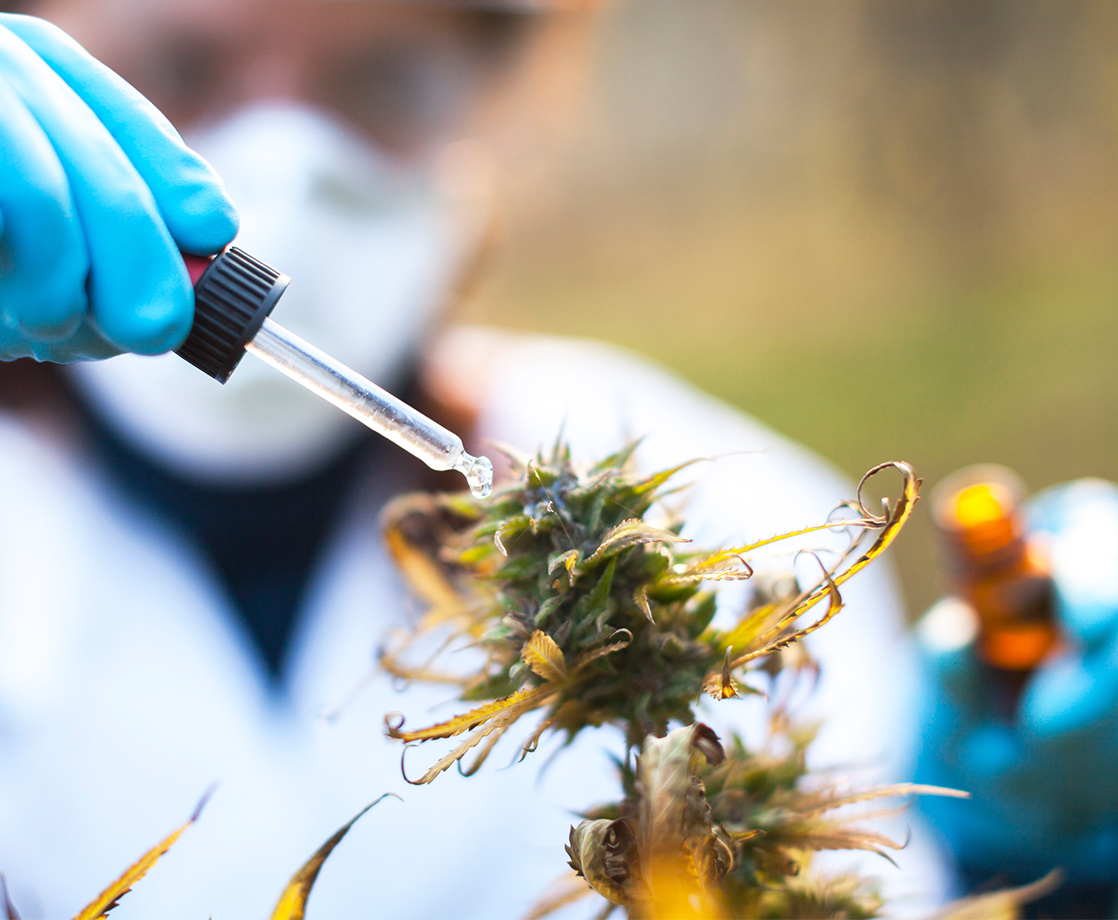Nearly two months after Massachusetts regulators planned to have adult-use pot products available on retail shelves, the Bay State Cannabis Control Commission (CCC) will finally license two marijuana testing labs this week. But as the legal industry’s final cog is set to fall into place, discrepancies in testing protocols from the soon-to-be-approved labs are raising new worries about state oversight and user safety.
According to Mass Live, CCC officials plan to award cannabis testing licenses on Thursday to CDX Analytics LLC in Salem and MCR Labs LLC in Framingham. Massachusetts voters passed a legalization ballot measure in November 2016, but have since been made to wait more than a year and a half for a regulated industry to emerge. With two labs set to be permitted by the end of the week, there is finally a light at the end of the tunnel for the East Coast’s first recreational marijuana market.
But as cultivators get set to send their first samples out to analysts at CDX and MCR, Massachusetts cannabis activists are drawing attention to the differences in testing procedure at the two companies. Both labs will test permitted marijuana products for potency and contamination, but through completely different methods, often spitting out vastly different results.
According to the Boston Globe, CDX employs a DNA-based testing method called qPCR that they say can “precisely measure microbial contamination by detecting how many times microbes’ genetic codes divide,” thanks to pricey mass spectrometry and chromatography machines. At MCR, lab workers employ a technique called “plating,” where samples are placed in a petri dish with an incubating gel that promotes microbe growth. After a set period, analysts inspect the gel for the presence of contaminants, a process typical in food safety protocols.
When questioned about the efficacy of each method, a spokesperson from CDX defended qPCR testing to the Globe, telling reporters that plating methods allow for the possibility of outside influences, adding that local competitors have been known to dry out samples in an oven to reduce total weight and inflate THC percentages.
“With a DNA-based method, you get a real-time survey of what’s in the cannabis — it’s representative of what’s actually being sold on the shelves,” Brianna Cassidy, CDX’s chief scientist, told the Globe. “With the culture-based method, you’re only counting whatever happens to grow in that environment you’ve created on the plate.”
At Proverde Labs, a licensed medical marijuana testing facility that uses plating and hopes to transition to the legal market alongside CDX and MCR, chief scientist Chris Hudalla told the Globe that qPCR testing is notorious for underreporting pesticides and other contaminants.
“The industry knows they have a higher passing rate with qPCR, and they don’t care whether it’s right or wrong,” Hudalla said. “They continue to release contaminated products to consumers, and we’ve lost significant revenues to them because DPH and the CCC permit them to use this technology.”
State officials have so far been silent on standardizing one process over the other, and have instead decided to follow the path of Massachusetts medical marijuana regulators, licensing laboratories employing both methods and allowing cannabis businesses to choose for themselves. But with varying potency and pesticide results, cannabis advocates worry that the free market testing will push labs to hand over preferential, biased results out of fear that customers will employ their competition.
For now, though, Bay State residents and tourists will soon be able to walk into a pot shop and get stoned legally. But without standardized state testing protocols — and federal prohibition restricting the FDA or any government agency from getting involved — East Coast cannabis users will simply have to hope that the labels they’re reading are correct.
“It’s hard to walk into a dispensary right now and really trust that the products are safe,” Kamani Jefferson, president of the Massachusetts Recreational Consumer Council, told the Globe. “They can point to the label and say it’s been tested, but until the state steps in and sets some standards, they can’t really say it with a straight face.”
Follow Zach Harris on Twitter











